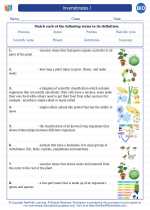Smoke
Smoke is a collection of airborne solid and liquid particulates and gases emitted when a material undergoes combustion or pyrolysis, together with the quantity of air that is entrained or otherwise mixed into the mass. It is commonly an unwanted by-product of fires (including stoves, candles, oil lamps, and fireplaces), but may also be used for pest control (fumigation), communication (smoke signals), defensive and offensive capabilities in the military (smoke-screen), cooking, or smoking (tobacco, cannabis, etc.).
Components of Smoke
Smoke is composed of a complex mixture of particles and gases, including carbon dioxide, carbon monoxide, water vapor, particulate matter, hydrocarbons, and other organic compounds. The composition of smoke depends on the materials being burned and the conditions of combustion.
Health Effects of Smoke
Exposure to smoke can have serious health effects, especially for individuals with respiratory conditions such as asthma or chronic obstructive pulmonary disease (COPD). The particulate matter in smoke can cause irritation to the respiratory system and exacerbate existing health conditions. Prolonged exposure to smoke can lead to respiratory problems and other health issues.
Environmental Impact of Smoke
Smoke from fires and other sources can contribute to air pollution and have environmental impacts. Particulate matter and pollutants in smoke can affect air quality, soil, water, and ecosystems, leading to adverse effects on plants, animals, and human health.
Study Guide
Here are some key points to consider when studying the topic of smoke:
- Understand the chemical composition of smoke and the different gases and particles it contains.
- Explore the sources of smoke, including natural fires, industrial processes, and human activities.
- Examine the health effects of smoke exposure and the potential risks to individuals and communities.
- Investigate the environmental impact of smoke and its contribution to air pollution and climate change.
- Consider the measures that can be taken to mitigate smoke pollution and reduce its harmful effects on human health and the environment.
By understanding the components, health effects, and environmental impact of smoke, individuals can make informed decisions about fire safety, air quality, and public health.
[Smoke] Related Worksheets and Study Guides:
.◂Biology Worksheets and Study Guides High School. Invertebrates
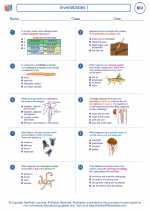
 Worksheet/Answer key
Worksheet/Answer key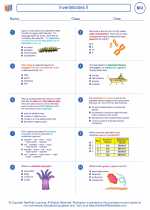
 Worksheet/Answer key
Worksheet/Answer key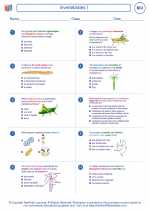
 Worksheet/Answer key
Worksheet/Answer key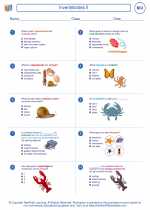
 Worksheet/Answer key
Worksheet/Answer key
 Worksheet/Answer key
Worksheet/Answer key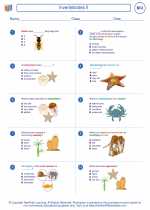
 Vocabulary/Answer key
Vocabulary/Answer key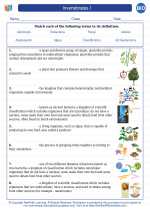
 Vocabulary/Answer key
Vocabulary/Answer key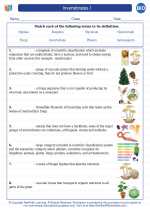
 Vocabulary/Answer key
Vocabulary/Answer key